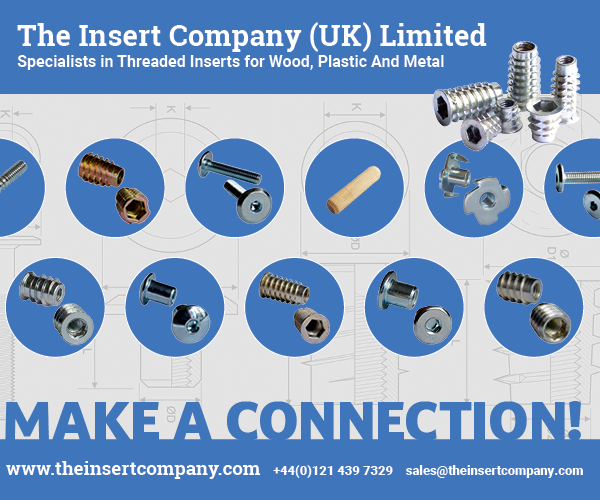The Comec machine was designed and built for the volume production of panel bearer skids that require a notch machining in each end to help locate the banding tape.
Prior to installing the machine, Allied employed upwards of two operators manually to produce the notch, single-ended on spindle moulders on a two shift basis. Allied supplies all the main UK panel manufacturers with bearers producing over one million per year of all types.
In addition it manufactures pallets and packing cases, and also has a dedicated joinery division producing a variety of products including sheds and garden furniture.
David Shanks, managing director at the family-run Allied Timber business, recognised over 12 months ago that there was a need to automate the notching of the bearer skids, and so with this in mind, visited the Ligna exhibition in Germany. This proved to be an unsuccessful trip as he could not find a machine to suit his requirements. Following that, on his return, he contacted Liverpool-based JJ Smith who he knew had a background in offering specialist, bespoke machine solutions.
After receiving drawings and samples of the different size bearers Allied needed to notch, JJ Smith immediately realised that a specially configured Comec double-ended notching machine could be suitable. JJ Smith sent a detailed specification requirement document to the design department at Comec so it could make a study and come up with a final machine specification, with the brief that the customer required the maximum possible production output.
The machine Comec proposed was based on its standard FRT 2 double-sided notcher/shaper, several of which are already working in the UK. However, due to the nature of the bearer section size of up to 78mm2 and 2100mm in length, Comec needed to design a special inclined, heavy duty, automatic loading system.
In addition, to maximise production output, Comec came up with the idea of loading and machining two bearers together. This required an automatic carriage to collect two pieces from the inclined loader and deliver them to the machining area, with the same loading carriage also being used to eject the pieces already notched.
Horizontal electro milling spindles with extended shafts, speed inverter control and fitted with 2+2 TCT disposable tip cutter blocks were used to produce the notch, with the facility to alter the depth and length if required.
In addition, the cycle of the cutter heads was configured in such a way that they move away from the piece once the notch has been made. Comec estimated a production output of approximately 12 pieces per minute. Finally, heavy duty idle rollers were to be fitted at the outfeed. The complete machine cycle including loading, notching and ejection was to be controlled by PLC.
To accompany the proposal, Comec produced a detailed 3D CAD drawing showing the general design of the machine and method of operation. Following a meeting at Allied's factory between David Shanks and Guy Stanley from JJ Smith, the final specification and price was agreed and an order confirmed, with the proviso the machine was able to produce the 12 pieces per minute Comec had indicated.
The machine was completed on time in mid-December and a visit to the Comec factory in Italy was arranged for inspection, with several hundred bearers being sent over so the machine could be fully tested.
David Shanks comments: “As soon as we arrived at the factory what immediately struck me was the heavy duty construction of the machine base which was in thick electro-welded steel, and at that point I could see it had been designed for volume production. When testing actually began I was amazed at the speed of the machine with the output even exceeding what Comec had promised, it was actually timed at producing around 16 pieces a minute, which for me was fantastic.”
The machine had been equipped with a fixed left side and moving right side that could be adjusted to suit the different lengths of bearers that Allied machine – mainly 1200 and 2100mm.
Movement was on precision linear slides and bearings, with quick pneumatic locking and LCD readout for the position. There was also simple adjustment to suit the different bearer sections and siko mechanical readouts fitted for quick adjustment of the milling depth. For maintenance there was centralised lubrication for the main slideways.
Finally the machine was fully guarded to CE standards, with additional features to maximise operator safety. David adds: “The testing went absolutely fine and I could not have been more pleased. The machine was installed in early January and since then has been in full production and we are delighted with its performance. In addition, it has been a pleasure to deal with both Comec and JJ Smith who approached the project in a very professional manner from day one."









